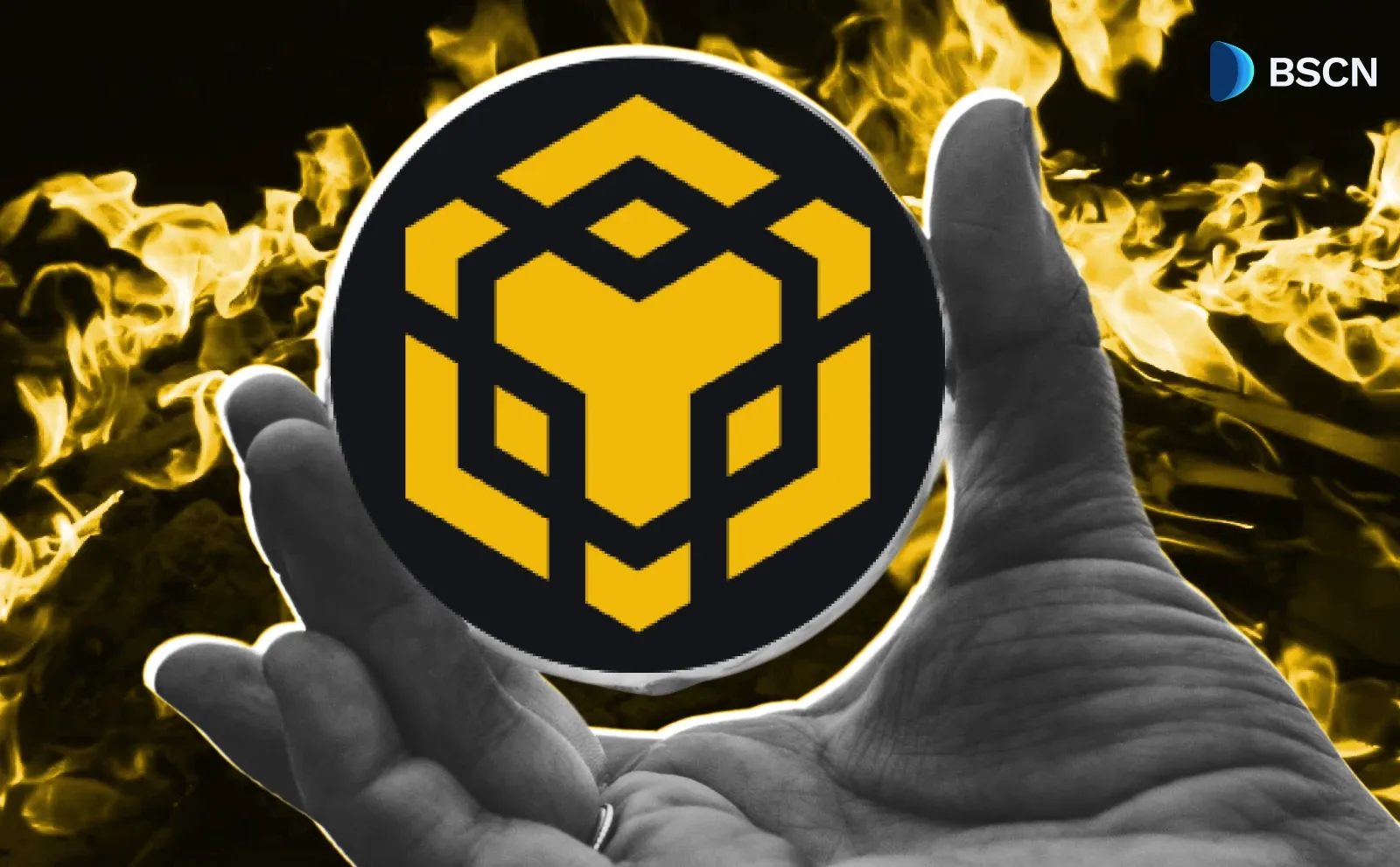News
(Advertisement)
WLFI Governance Token Goes Cross-Chain With Chainlink CCIP Security

WLFI, the governance token of World Liberty Financial, is now transferable across Ethereum, Solana, and BNB Chain using Chainlink CCIP.
Soumen Datta
September 2, 2025
(Advertisement)
Table of Contents
WLFI Now Transferable Across Chains
WLFI, the governance token of World Liberty Financial (WLFI), is now officially transferable across blockchains through Chainlink’s Cross-Chain Interoperability Protocol (CCIP).
The upgrade allows WLFI to move securely between Ethereum, Solana, and BNB Chain. By adopting the Cross-Chain Token (CCT) standard, World Liberty Financial has increased the token’s accessibility for holders and improved its role within both DeFi and centralized exchanges.
The integration with Chainlink CCIP provides built-in risk management features, making transfers more secure than traditional bridging solutions. CCIP has day-one support for WLFI, ensuring that token holders can take advantage of cross-chain transfers without relying on third-party bridges.
Token Launch and Market Reaction
WLFI began trading on major exchanges on September 1, with Binance listing WLFI/USDT and WLFI/USDC spot pairs at 1 p.m. UTC. Other platforms such as Coinbase, Upbit, and Gate have also confirmed plans to support trading.
The token debuted at over $0.30 before dropping about 12% to $0.24, according to CoinMarketCap. That price put WLFI’s market capitalization just below $6 billion, ranking it as the 26th largest crypto token by circulating supply.
Blockchain trackers noted selling pressure during the launch. Lookonchain reported that three presale wallets transferred 160 million WLFI—worth around $51.2 million—to Binance shortly after claiming their tokens.
WLFI Supply Breakdown
World Liberty Financial has a total supply of 100 billion WLFI. At launch, 24.67 billion tokens, or about 24.67% of the supply, entered circulation. The allocation included:
- 10 billion WLFI unlocked for World Liberty Financial, Inc.
- 7 billion WLFI for Alt5 Sigma Corporation’s treasury strategy (nearly 8% of total supply).
- 2.8 billion WLFI for liquidity and marketing.
- 4 billion WLFI unlocked for early investors, equivalent to 20% of their allocations from $0.015 and $0.05 funding rounds.
The non-circulating supply remains locked:
- 19.96 billion WLFI reserved for Treasury.
- 33.51 billion WLFI allocated to the team.
- 16 billion WLFI locked from the public sale.
- 5.8 billion WLFI for strategic partners under vesting conditions.
This supply structure means less than one-quarter of the total tokens are tradeable at launch.
WLFI’s Governance Role
WLFI was initially distributed as a governance token, allowing holders to vote on protocol changes. Investors approved making the token tradable in July, giving exchanges and traders the ability to set its price. The move introduced speculation, liquidity, and trading fee revenue, while still preserving WLFI’s governance function.
For example, token holders continue to vote on updates to World Liberty Financial’s codebase and treasury management, even as WLFI takes on broader utility through trading and cross-chain transfers.
Why Cross-Chain Transfer Matters
Cross-chain capability makes WLFI more useful in decentralized finance ecosystems spread across different blockchains. Rather than being siloed on one chain, WLFI can now move across Ethereum, Solana, and BNB Chain without relying on centralized exchanges.
Benefits of CCIP integration:
- Security: Chainlink CCIP uses decentralized oracle networks and automated risk management to prevent exploits common in cross-chain bridges.
- Accessibility: Users can hold and use WLFI on multiple chains, accessing different DeFi ecosystems.
- Standardization: Adoption of the CCT framework ensures WLFI complies with a cross-chain token model that improves transparency and reduces complexity for developers.
This move aligns World Liberty Financial with other projects adopting Chainlink’s interoperability infrastructure, such as Solv Protocol, which recently integrated Chainlink Proof of Reserves (PoR) for its wrapped Bitcoin product.
WLFI’s adoption of CCIP indicates a focus on compliance-ready infrastructure and secure token design. By working with Chainlink, the project is adopting interoperability technology already in use by traditional institutions publishing official datasets on-chain. For example, the U.S. Department of Commerce recently began using Chainlink to publish Bureau of Economic Analysis (BEA) data on blockchains, including Ethereum and Arbitrum.
Conclusion
WLFI’s integration with Chainlink CCIP marks a technical milestone for World Liberty Financial. The token is now transferable across Ethereum, Solana, and BNB Chain under a standardized, secure framework.
While WLFI continues to trade actively on centralized exchanges, its cross-chain utility expands its role in decentralized finance. The combination of CCIP’s security model and WLFI’s governance function shows how the token is set up to serve both speculative traders and DeFi participants.
Resources:
WLFI launch report by Reuters: https://www.reuters.com/business/trumps-world-liberty-token-falls-first-day-trading-2025-09-01/
WLFI price action: https://coinmarketcap.com/currencies/world-liberty-financial-wlfi/
US Commerce and Chainlink partnership announcement: https://blog.chain.link/united-states-department-of-commerce-macroeconomic-data/
Read Next...
Frequently Asked Questions
How does WLFI use Chainlink CCIP?
WLFI integrates Chainlink’s Cross-Chain Interoperability Protocol (CCIP) to enable secure transfers across Ethereum, Solana, and BNB Chain without relying on third-party bridges.
What is the total supply of WLFI?
WLFI has a fixed total supply of 100 billion tokens. About 24.67 billion were circulating at launch, with the rest locked under treasury, team, and partner allocations.
How many WLFI tokens are in circulation at launch?
At launch, 24.67 billion WLFI entered circulation, representing about 24.67% of the 100 billion total supply. The remainder is locked under treasury, team, and partner allocations.
Disclaimer
Disclaimer: The views expressed in this article do not necessarily represent the views of BSCN. The information provided in this article is for educational and entertainment purposes only and should not be construed as investment advice, or advice of any kind. BSCN assumes no responsibility for any investment decisions made based on the information provided in this article. If you believe that the article should be amended, please reach out to the BSCN team by emailing [email protected].
Author
 Soumen Datta
Soumen DattaSoumen has been a crypto researcher since 2020 and holds a master’s in Physics. His writing and research has been published by publications such as CryptoSlate and DailyCoin, as well as BSCN. His areas of focus include Bitcoin, DeFi, and high-potential altcoins like Ethereum, Solana, XRP, and Chainlink. He combines analytical depth with journalistic clarity to deliver insights for both newcomers and seasoned crypto readers.
(Advertisement)
Latest News
(Advertisement)
Crypto Project & Token Reviews
Project & Token Reviews
Comprehensive reviews of crypto's most interesting projects and assets
Learn about the hottest projects & tokens













